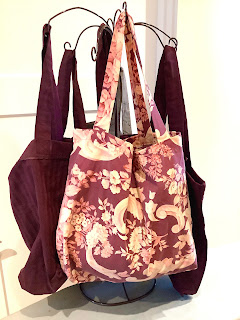 |
Watercolour by Eileen Gidman
11x14"
Skimmerhorn Mountains #4 |
The Skimmerhorn Mountains have a commanding presence on one side of the valley where I reside. The clouds curl around their tops, the sunsets bathe them in colour and snow makes the crevice's show beautifully. In the fall, old timers will say, when the first snow stays on the top of them, there will be snow on the valley floor in three weeks. Ohhh... and a ridge walk on the top, in wildflower season, fulfills my soul.
 |
Watercolour by Eileen Gidman
11x14'
Skimmerhorn Mountains # 2 |
Due to the vertical nature of these mountains they can be quite a challenge to paint. Normally, I paint them on location but these last two weeks I have painted these watercolours from my photographs in the studio.
 |
Watercolour 'card size' by Eileen Gidman
Skimmerhorn Mountains #1 |
To warm up, I first painted this small watercolour. A few people have commented they liked this particular shade of blue with the red of the barn. If I recall correctly it is a combination of a Maimeri Blue, 'Bluegreen' colour and a Windsor Newton, 'Cobalt Blue' colour.
 |
Watercolour by Eileen Gidman
11x14"
Skimmerhorns #3 |
This farm is so dear, I decided to paint it again but larger and because an artist can move mountains, I did paint another part of the Skimmerhorn Range behind it.
 |
Dye Painted Fabric 'card size' by Eileen Gidman
Skimmerhorn Mountains |
The two mediums I work in (watercolour and dyes) often contain similar images and here you see the Skimmerhorns again but on fabric.
 The floral pillow cases were the most fun to work with.
The floral pillow cases were the most fun to work with. This burgundy pillow case was of thicker material and made a sturdy bag. The satin detailing on the pillow case made a nice detail.
This burgundy pillow case was of thicker material and made a sturdy bag. The satin detailing on the pillow case made a nice detail. Selecting several blue pillow cases and setting the sewing machine up with blue thread helped for working efficiently.
Selecting several blue pillow cases and setting the sewing machine up with blue thread helped for working efficiently. 












